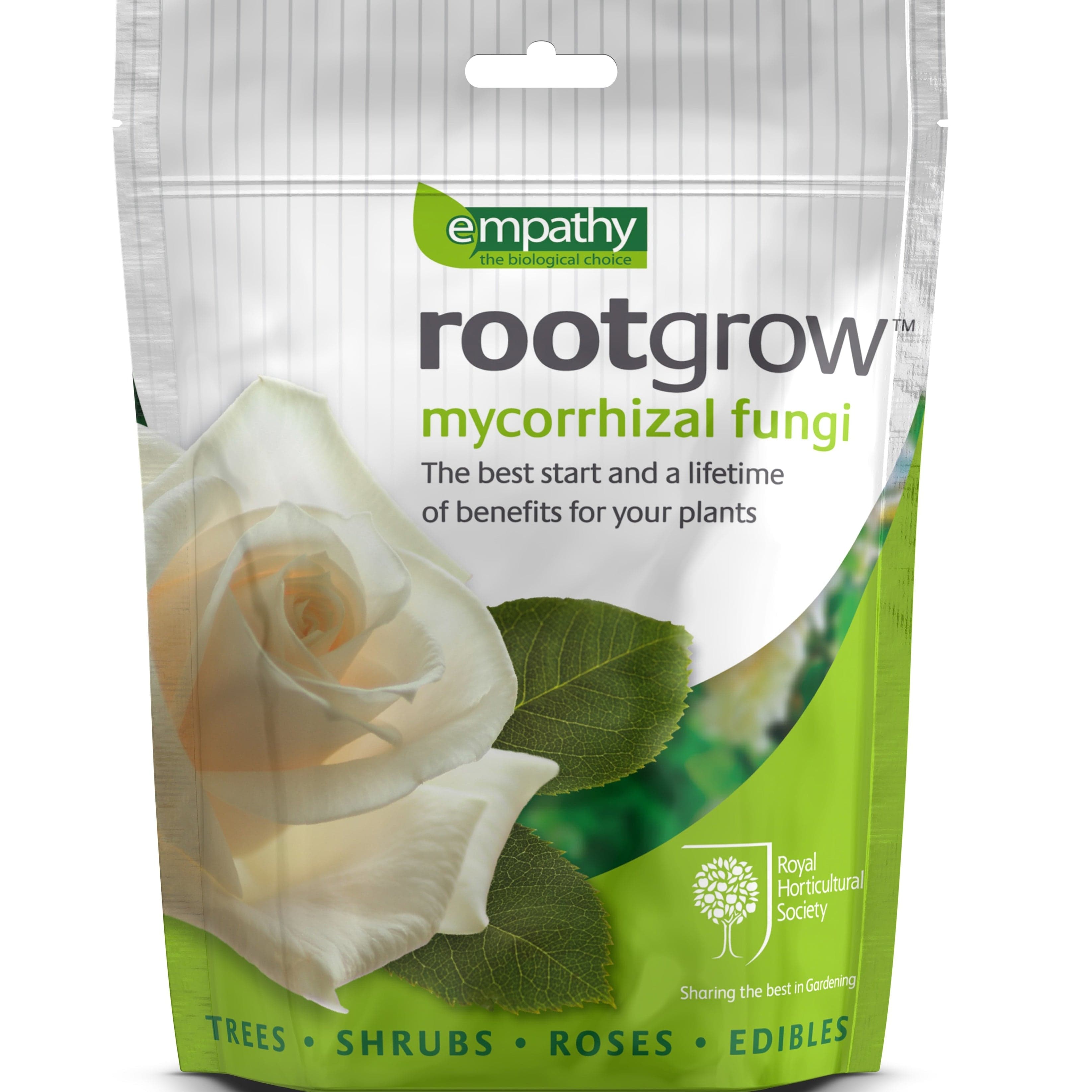How to Grow Lettuce

Lettuce is a guaranteed winner of a vegetable crop - anyone can grow it and it grows anywhere! Forget any ideas of week old soggy leaves in a bag, that’s not your life any more. Once you grow your own lettuce (that actually tastes of something) you’ll never go back. To help you get started, I asked our salad plant grower for some expert tips on how to grow lettuce - read on for the complete guide.
Jump to:
- Which type of lettuce?
- Growing from seed
- Growing from plants
- How to plant
- Harvesting
- Storing
- Problem solving
Choosing lettuce plants
Choose your lettuce plants according to which kind you like best, what you use them for and which time of the year you’re planting. Or choose them because they look pretty - no judgement here! There are so many different shapes, colours and textures that you can experiment with these quick growing crops as much as you like. Here’s a rundown of the different types.
Hearting lettuce
These are the lettuces with a tighter, more dense centre which you typically harvest as a whole head instead of picking individual leaves. They include butterhead (or ‘round’) lettuces like Arctic King and Buttercrunch, cos lettuces like Little Gem and Cucuracha and crisphead lettuces like iceberg.
Hearting lettuces take a bit longer to grow - up to three months before harvesting - and need more space so they’re best grown in beds or large containers.
Loose leaf lettuce
These lettuces have a freer form than hearting lettuce and take less time to grow - often only a month. Their leaves grow in a rosette form and they come in lots of fancy colours and leaf shapes, many of which are frilled. They’re ideal for picking individual leaves as you need them (cut and come again) as opposed to harvesting the whole lettuce head at once, and they take up less space so they’re good for growing in containers.
You can also choose from spring or autumn planting lettuce - the autumn planting varieties tend to have names like Arctic King and Winter Density which give clues as to their hardiness.
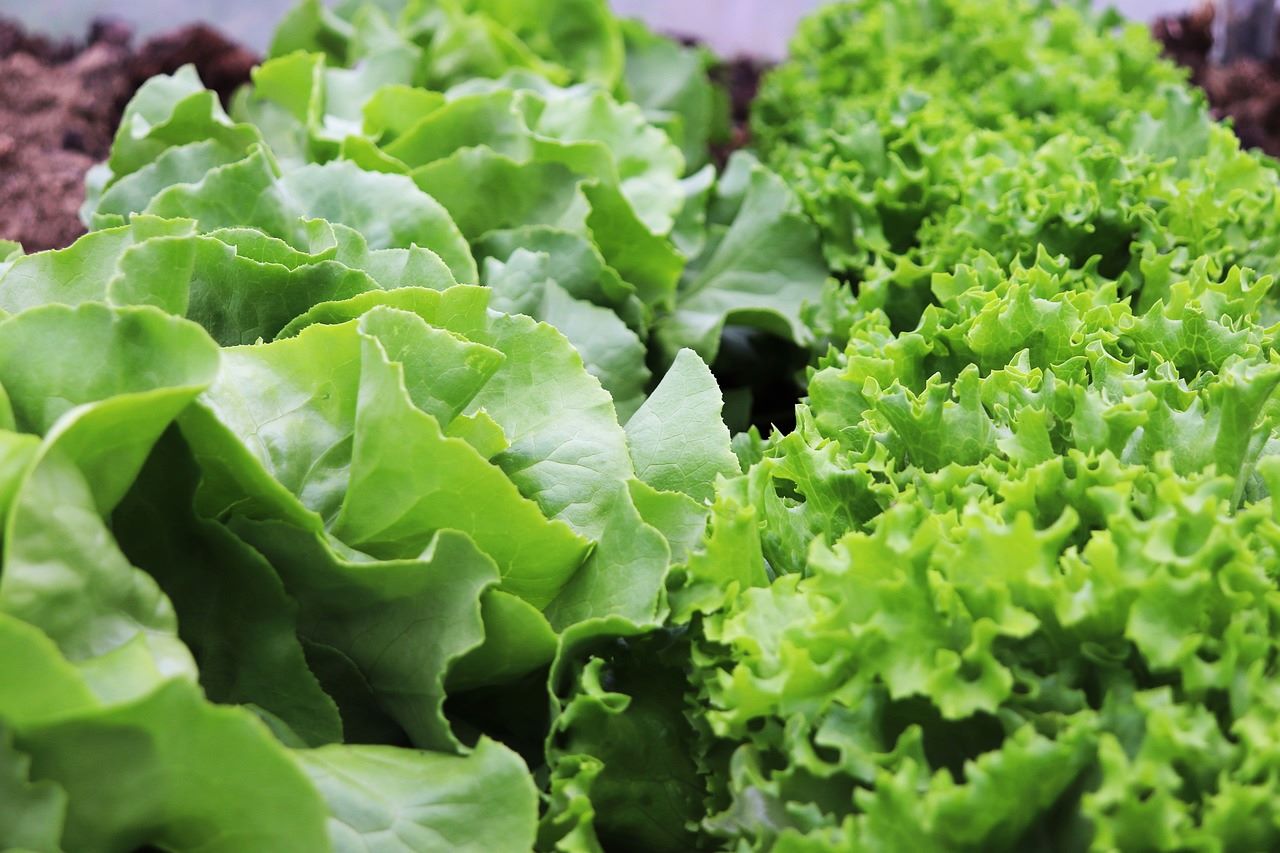
Growing lettuce from seed
Lettuce seed is cheap and readily available - you’ll often see it as a free gift on the cover of gardening magazines! You typically get lots in a packet, so one purchase/freebie could keep you going all year.
Sow it indoors from February onwards by sprinkling the seed onto compost in trays or pots and covering with another 1cm layer of compost. Once your seedlings are big enough to handle, prick them out (separate them) into individual pots. You can plant these out from March under cloches, grow tunnels or cold frames.
You can also sow directly outdoors. Prepare a bed in a warm, sunny spot by removing any weeds or stones and mixing in some compost or manure, then sprinkle your lettuce seeds thinly on the surface and cover them up with 1cm of compost. If you’re sowing a lot, arrange them in rows 30cm apart. As your seedlings emerge, you’ll need to cover them as above, to keep off hungry birds and slugs.
Growing lettuce from plants
Starting with lettuce plants is an easier option, allowing you to skip the seed sowing and pricking out stages. Simply wait until the last frost has passed in your area (typically mid May, but you can check it here) and plant your lettuces into a prepared bed or pots in a sunny, sheltered area. You’ll still need to protect your young plants until they’re fully established, growing them under cloches or in a cold frame or grow tunnel.
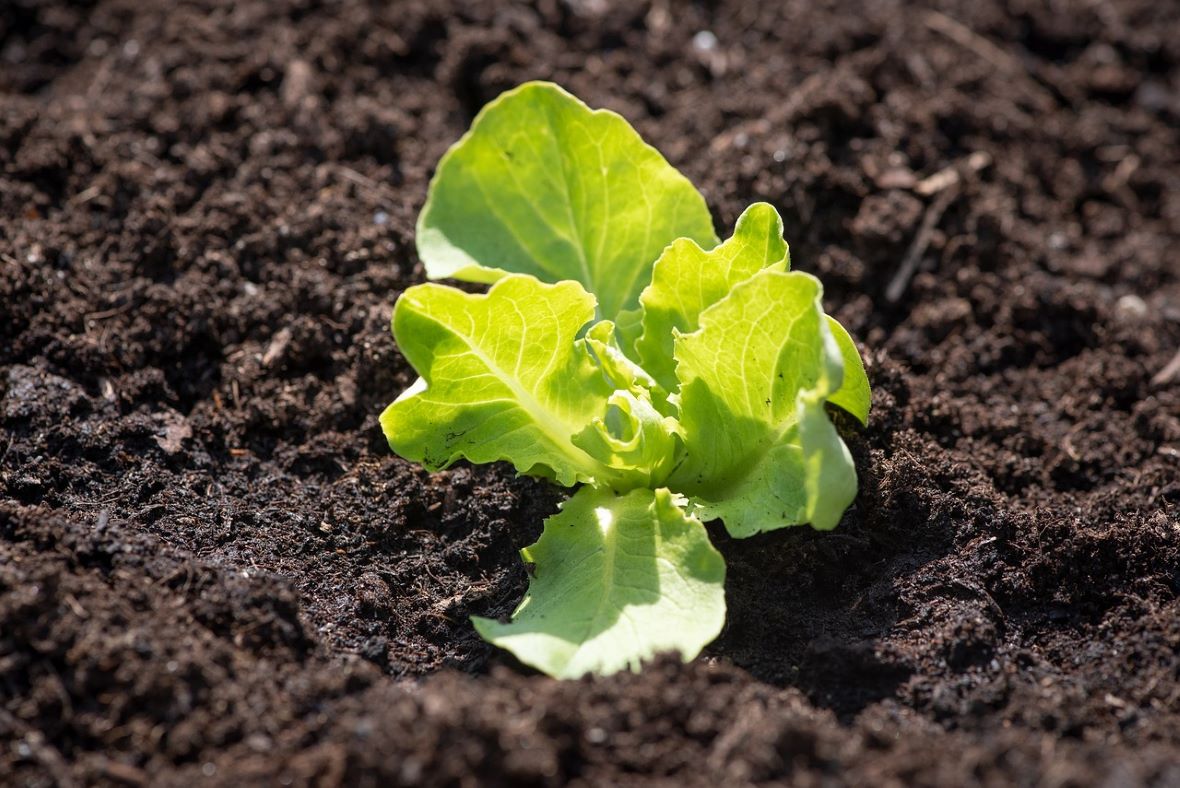
Planting lettuce
After the last chance of frost has passed, you can plant your lettuces outdoors in a bed, border or container. If the weather isn’t exactly tropical it’s a good idea to harden them off gradually by putting your plants outside for increasing lengths of time each day until they get used to the temperature outdoors and you can plant them in their final positions. Dig a small hole just large enough for the roots to fit into, then pop the plant in and fill in with soil, firming in gently with your fingers. Make sure you’re not burying any of the leaves under the soil, as this can lead to rotting. Give the plant some water to help the soil settle around the roots.
As lettuces are quick to crop, you can plant them amongst slower growing vegetable crops to fill in the gaps. By the time your root veg and sweetcorn is ready, you’ll already have picked and enjoyed your lettuces, with a side order of smugness at all the space you saved.
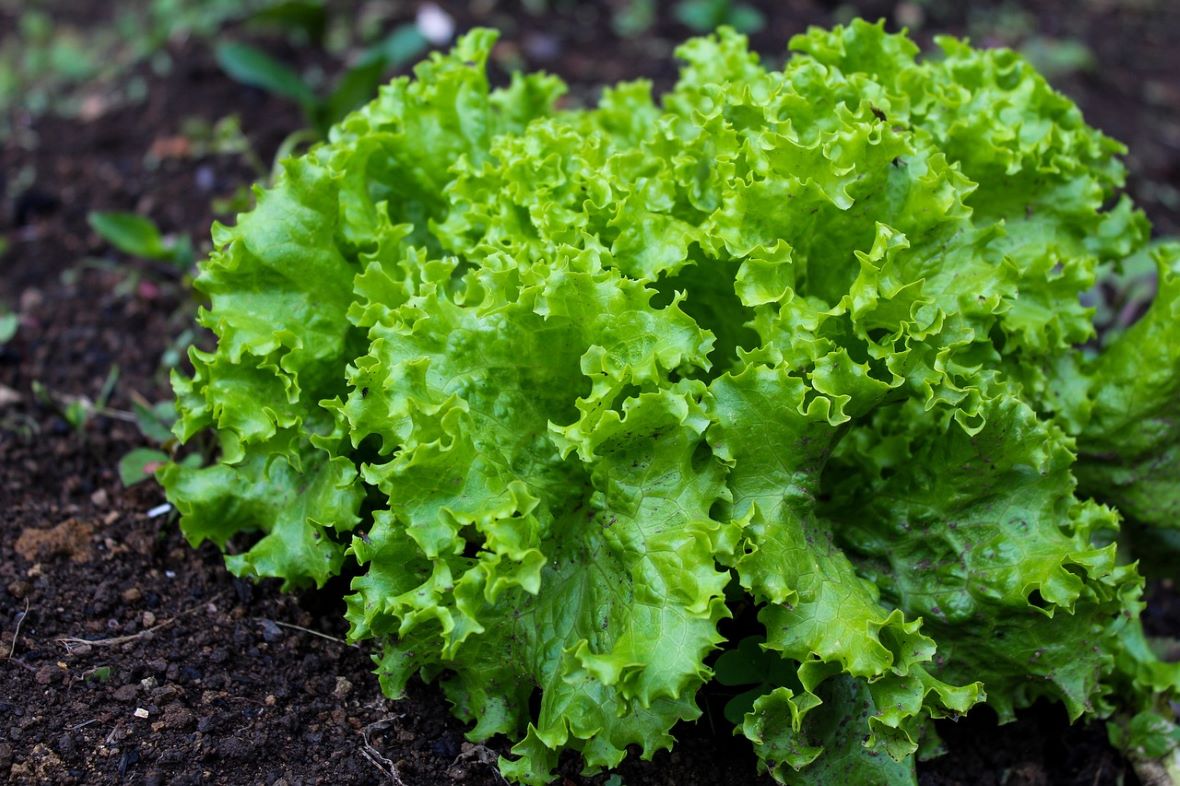
How far apart should I space lettuce?
Lettuce should be planted 20cm apart in rows which are 30cm apart, and if you’re growing lettuce in pots, plant one per pot or space them about 15-20cm apart.
When can I plant lettuce?
You can plant out lettuce from March all the way through to September, and beyond for autumn planting varieties. Plant out a new batch of lettuce every two weeks to give yourself a continuous, fresh supply of lettuce throughout the summer.
How much sun does lettuce need?
Lettuce plants do best in full sun, positioned where they’ll receive 6-8 hours of sunlight every day. They’re also perfectly happy growing in partial shade, which is handy as you can plant them alongside other veg plants like climbing tomatoes or peas. Sure, they’ll take longer to grow in these conditions, but it’s all relative when a plant is as quick growing as lettuce, plus you get to save space and grow a bigger variety of crops.
How much water do lettuce plants need?
Lettuce needs to be regularly watered so that the soil stays moist - during a hot summer this is likely to mean watering the plants every day. If you can, water the plants during the morning when it is cool so there’s time for the sun to evaporate the water off the leaves in the afternoon - this helps to prevent both mould and slug devastation.
What kind of soil do lettuce plants need?
Lettuce plants do best in a fertile, well-draining soil that’s free of stones, lumps and weeds - standard garden compost is fine, or a mixture of one part topsoil to three parts compost. It’s really important not to allow the soil to become waterlogged, so if you’re planting in pots, add broken crockery or gravel to the bottom.
How long does lettuce take to grow?
The quickest way to get lettuce in a hurry is to grow from plants and choose loose leaf varieties. These only take about 4-6 weeks to reach a good size and you can start harvesting the outer leaves as soon as they’re big enough. Lettuce grown from seed isn’t far behind either, with even the slower growing hearting varieties being ready three months from sowing.
Can you grow lettuce indoors?
Provided you have enough warmth and light for the lettuce to grow, and use a large enough pot, there’s no reason why you shouldn’t grow lettuce indoors. The advantages are that pest control is a breeze, and your leaves will be there for the picking whenever you make a sandwich!
Growing lettuce in containers
To grow lettuce in containers, choose some at least 30cm wide and deep and fill them with multi purpose compost. Plant one lettuce per pot, or more in larger containers, spaced 20cm apart. Position your pots in a warm, sunny spot with a cloche over to protect your plants from pests and cold nights, making sure you check regularly to see if they need watering.
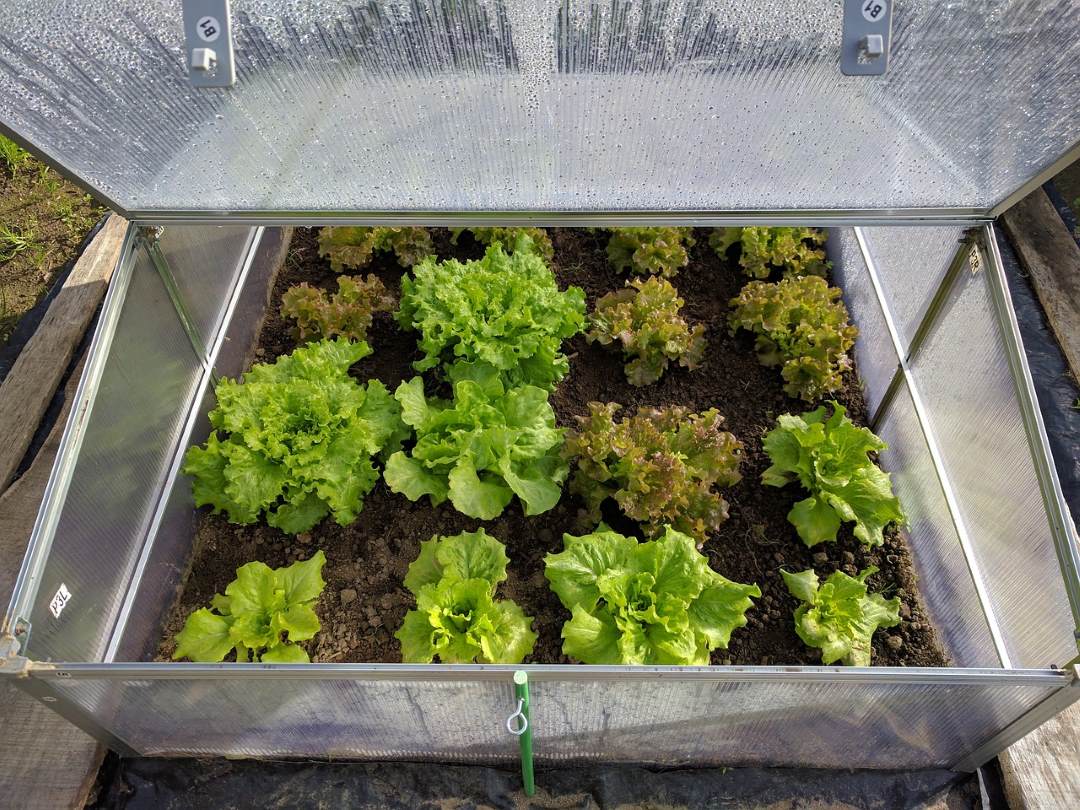
Harvesting your lettuce
There are two ways to harvest lettuce - harvesting the whole head and cut-and-come-again. To harvest the whole head, cut your lettuce off at the base of the plant with a clean, sharp knife. To cut and come again, simply cut off the individual leaves when you want them with some sharp scissors and the plant will continue to produce new leaves, extending the cropping period. Just leave the central leaves intact so the plant can keep growing (loose leaf varieties are best for this). You can also pick your leaves when they’re small if you’ve planted a babyleaf variety.
How to store lettuce
Lettuce isn’t the best crop for storing, so the best way to avoid it going off is to only pick what you need each day rather than harvesting the whole head. If you do want a lettuce for storing, the best kinds are crisphead and cos varieties, which will keep in the fridge for up to a week.
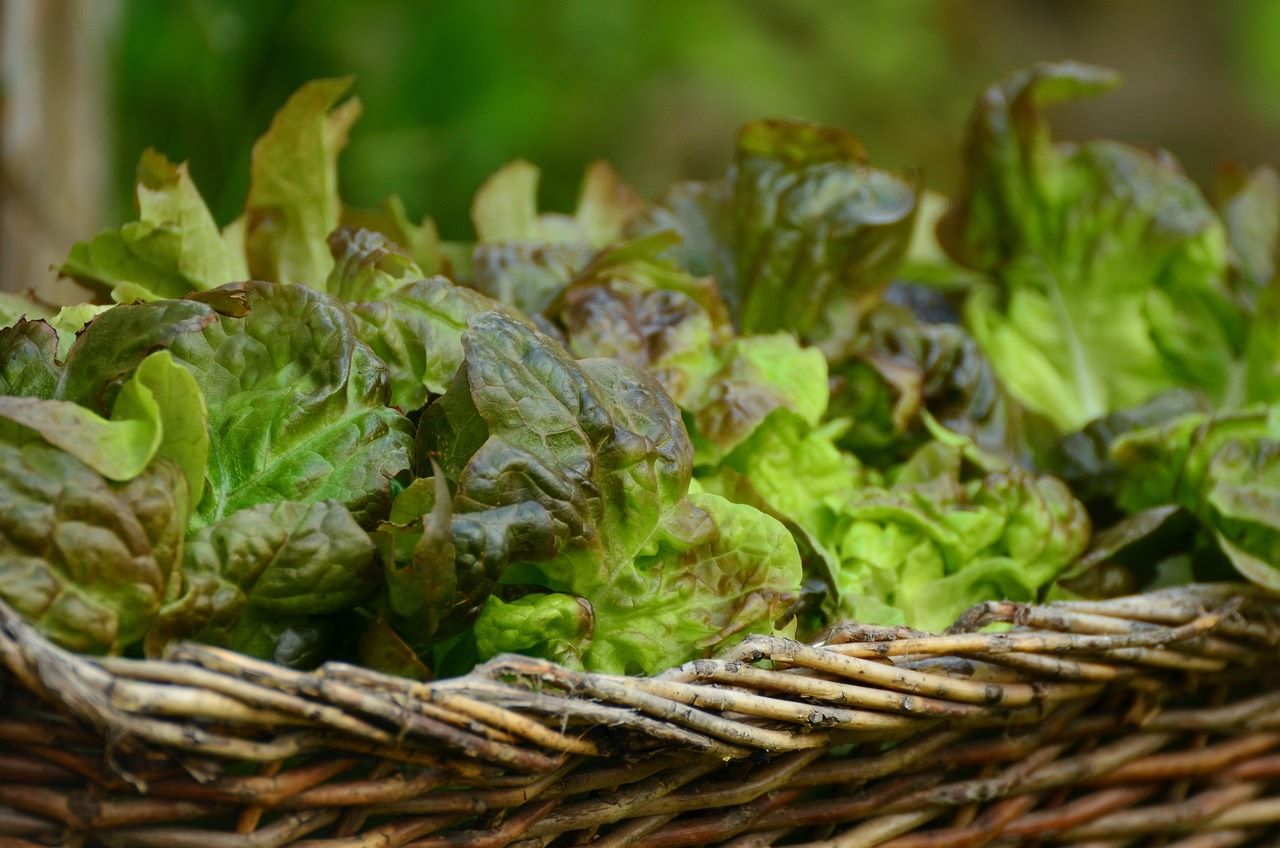
Lettuce plant problems
Unfortunately those lovely leaves aren’t just irresistible to us, so unless you especially want to provide an all you can eat buffet for garden pests, you’ll need to protect your crops.
Slugs and snails
Your number one enemy: keep an eye out for slugs and snails (or their telltale slimy trails) especially after rain and at night - you don’t want to lose a single leaf of your lovely lettuces!
The best non-lethal way to keep them away is with a barrier - this can be made of copper wire, which will react with the slug’s mucus to deter them, or crushed eggshells/gravel which they find difficult to cross. Some gardeners also have success with wool pellets (which you can buy in the shops) or leaving orange halves or other tempting fruit around the area, to distract them.
Birds
Pigeons and other birds will eat the young leaves and shoots of lettuces, which in serious cases will kill your plant. The best protection is to cover them with netting or cloches (the lettuces, not the birds) until they’re large enough to survive a bit of nibbling. Or get a cat.
Grey mould
This can be a problem if you get a cool, humid summer with morning mists. It looks like it sounds, and can cause your lettuces to decay. The best way to prevent grey mould is to space out your plants well so that plenty of air can flow between them and leaves dry quickly. If you do get an attack of the grey mould, remove any affected leaves as soon as possible to stop it spreading and harvest your lettuces as soon as they’re big enough.
Bolting
Bolting is the opposite problem - it happens when we get a very hot and dry summer, which prompts the plants to start flowering before they’re mature. This makes the plants straggly and tall rather than full and lush, with the leaves tasting bitter. Your best defence is to keep the lettuces well watered and if possible, choose a lettuce variety that says it’s bolt resistant.
